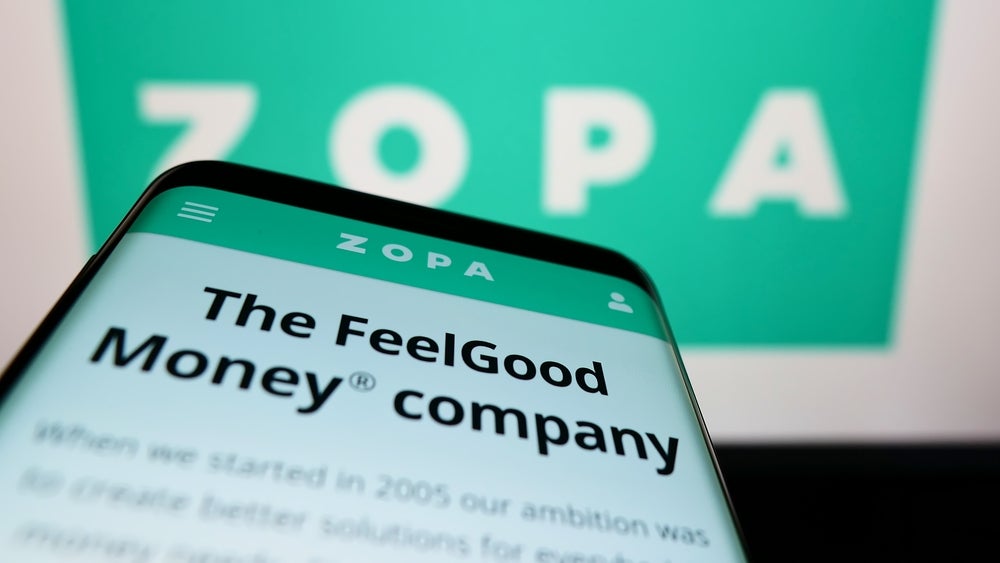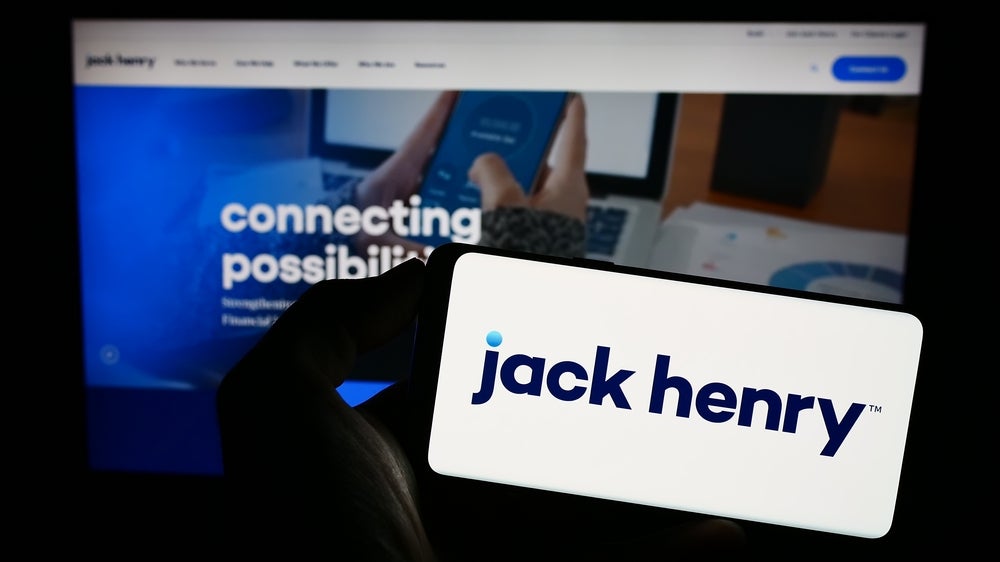of an increasingly competitive Australian savings market, and the
growing trend of banks relying on retail deposits to fund lending
activities, ANZ and NAB have rolled out new direct banking
products, with the latter also introducing a high-profile,
secondary brand, UBank.com, writes Douglas
Blakey.
 National Australia Bank (NAB),
National Australia Bank (NAB),
the country’s third-largest bank by assets, has responded to a drop
in its retail savings market share since the start of the year by
rolling out the first product from its recently established new
direct banking brand, UBank. It has hit the market hard, with a
range of aggressively priced products including a three-month term
deposit product as well as six-month, nine-month and 12-month
offerings.
ANZ, one of NAB’s core local rivals, has also upped the ante,
launching an online savings account via its own direct channel, One
Direct, offering 7.5 percent with no honeymoon period or fees. ANZ
has rolled out an innovative savings account service with US social
media group SmartyPig as well.
According to NAB, the new UBank channel will in time develop a
wide-ranging direct banking service, with additional savings,
transaction and investment products. The new brand is being
supported by a standalone website at http://www.ubank.com.au/ as
well as an Australian-based call centre offering customer service
24 hours a day, seven days a week.
“UBank will allow us to compete for the self-serve banking
customer segment. Our aim is to attract a new set of retail
customers while operating independently to NAB’s other retail
brands,” said Greg Sutherland, executive general manager at
UBank.
The service, launched on 1 October with an introductory interest
rate for its three month term deposit of 8.5 percent, subject to a
minimum deposit of A$10,000 ($6,750), compares very favourably with
NAB’s branch-based equivalent account of 4.7 percent.
How well do you really know your competitors?
Access the most comprehensive Company Profiles on the market, powered by GlobalData. Save hours of research. Gain competitive edge.

Thank you!
Your download email will arrive shortly
Not ready to buy yet? Download a free sample
We are confident about the unique quality of our Company Profiles. However, we want you to make the most beneficial decision for your business, so we offer a free sample that you can download by submitting the below form
By GlobalDataNAB has lost savings market share since the start of the year
(down from 13.9 percent to 13 percent in August), while a number of
smaller players – notably HBOS’s recently sold subsidiary BankWest
(see Dealwatch in Wells Fargo takes the lead) –
have gained ground. The TeleNet Saver account from BankWest,
offering a promotional rate of 8.1 percent until the end of the
year (it then reverts to 7.1 percent) helped the bank gain market
share of 20 basis points in the first eight months of the year.
But one of the biggest market share winners since the start of
the year is ANZ, increasing its market share for individuals by 190
basis points to 12.9 percent, and it has high hopes for its latest
savings offering.
“The key difference between One Direct’s new high interest saver
and other online savings accounts is our variable interest rate of
7.5 percent will not be reduced following a fixed introductory
period,” said Meg Bonighton, One Direct’s executive manager.
ANZ launched One Direct in 2006, with the intention of
attracting price-sensitive home loan and savings customers. And in
an effort to tap the youth segment of the savings market, ANZ has
now partnered with Smarty-Pig to add a social networking component
that lets customers share information about their balances and
savings goals.
The banking equivalent of Facebook, SmartyPig lets users solicit
donations from anyone who visits the site, and it encourages people
to list their savings goals publicly so friends and family can
“join in the fun”, while account-holders will also receive loyalty
rewards from ANZ’s retail partners. Earlier this year, SmartyPig
co-founder Jon Gaskell told RBI that SmartyPig was born
from frustration with existing online savings products and has
grown substantially in recent months, despite the company having
spent “zero dollars” on advertising so far (see RBI
592).
Young people have unique needs
ANZ’s managing director of retail products John Harries said:
“We know young people have unique needs when it comes to their
finances. They are more likely to bank online because they are
comfortable with the technology. Partnering with companies like
SmartyPig that can innovate and get to market rapidly helps us
extend our point of difference.”
But it is Commonwealth Bank of Australia (CBA), the country’s
second-largest bank by assets but largest by deposits, which
continues to dominate the savings market, with its deposits for
individuals market share up from 28.9 percent in January to 29.7
percent in August. That market-leading position will be further
enhanced once its merger with BankWest (deposit market share of 4
percent) is concluded, giving it more than one-third of the
country’s retail deposits, comfortably ahead of soon-to-merge
Westpac (13.1 percent down from 13.9 percent in January) and St
George (also down, from 10 percent to 9.3 percent).
With total retail deposits in Australia up by 11 percent since
January from A$335 billion to A$372 billion, the country’s savings
market itself is growing. The increasing competitiveness of the
Australian online savings market is perhaps best evidenced by
disappointing results from ING Direct. Its Australian arm reported
profits in the first half of 2008 of €29 million, down 38 percent
compared with the same period in 2007; total Australian customer
numbers in the first half fell to 1.3 million compared with more
than 1.5 million at the end of 2006. Already this year, ING
Direct’s deposits market share in Australia is down 50 basis points
to 4.6 percent.
ING’s response was to introduce its Savings Maximiser product in
June, offering a promotional rate of 8 percent until the end of
October. It has also said it intends to ramp up its efforts to
increase its share of the Australian mortgage market, from its
current 4.7 percent to 7 percent or 8 percent in the next three to
four years.







